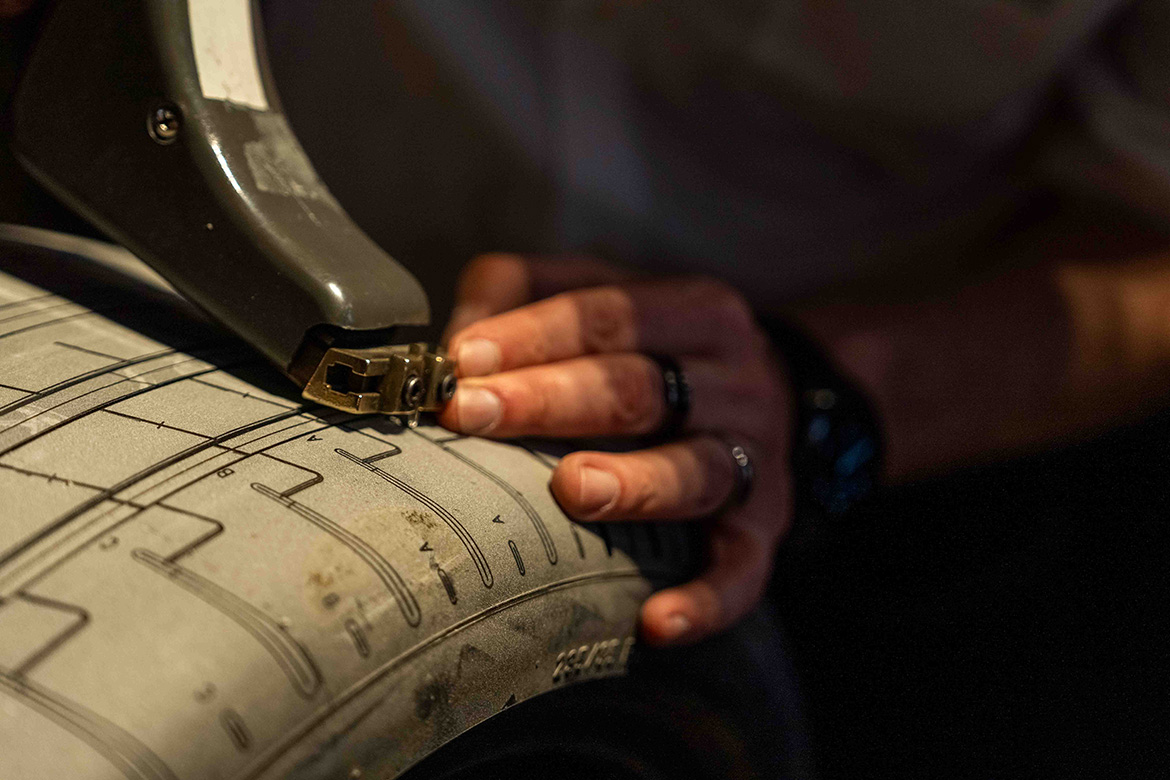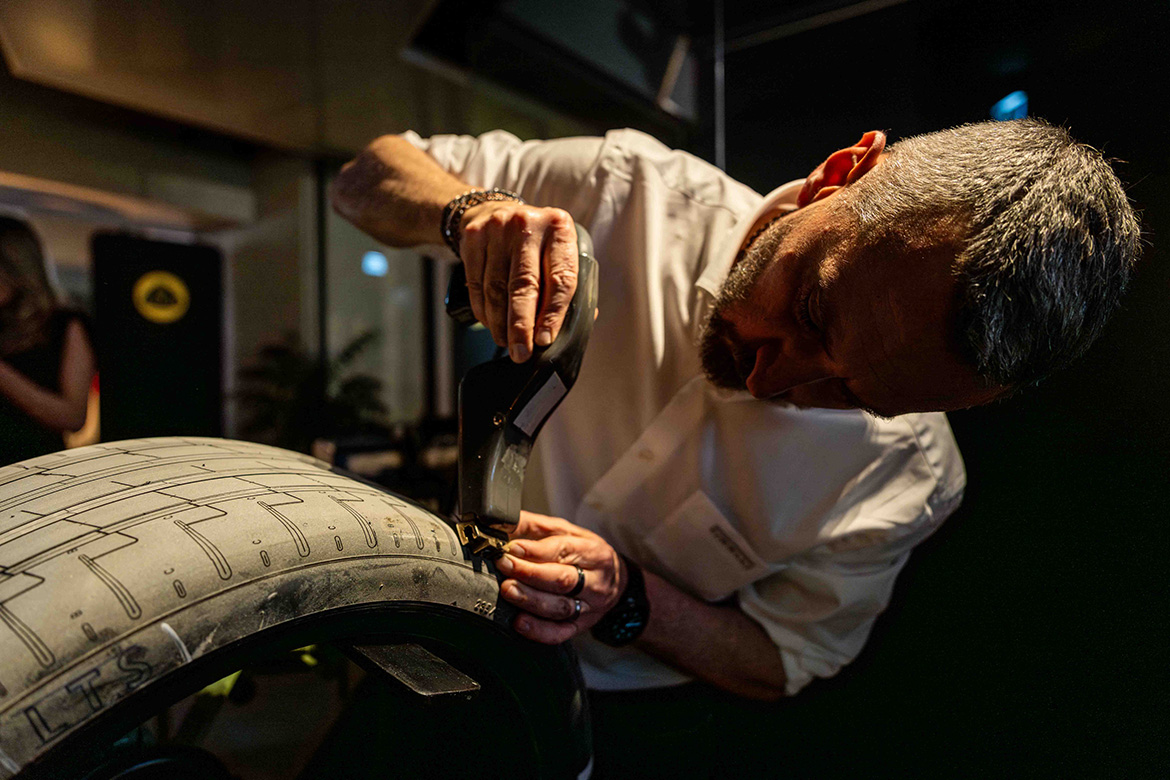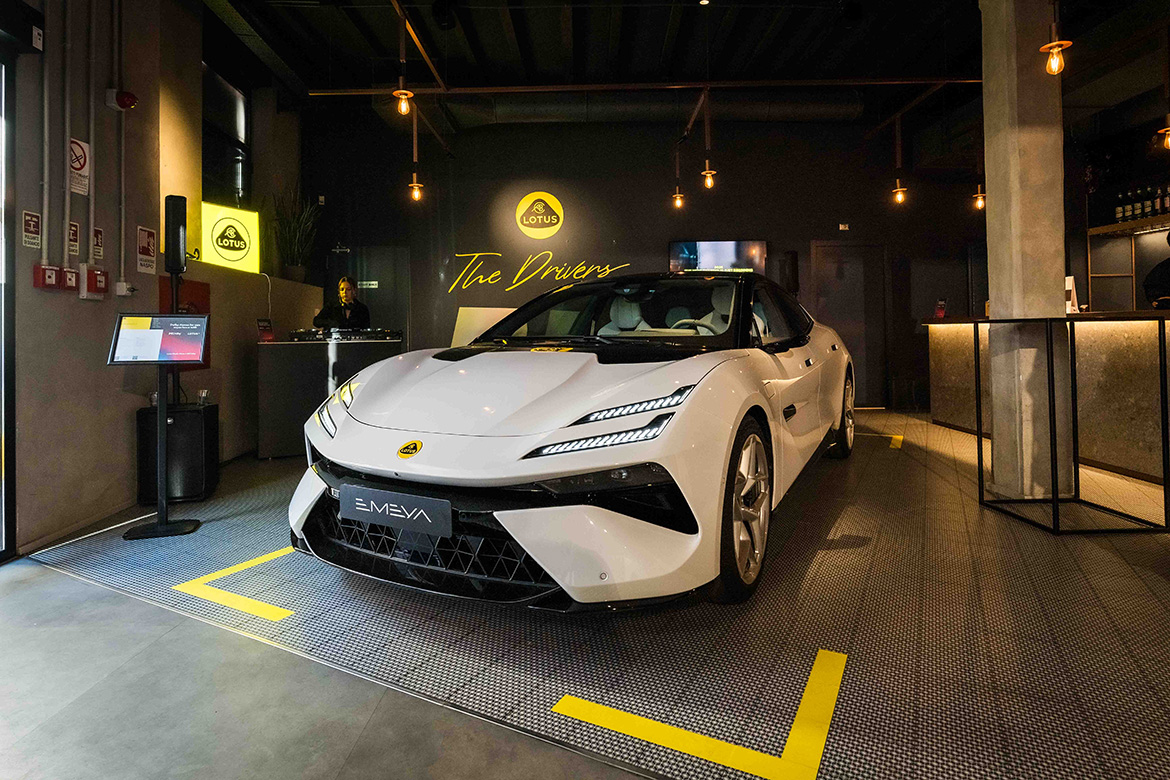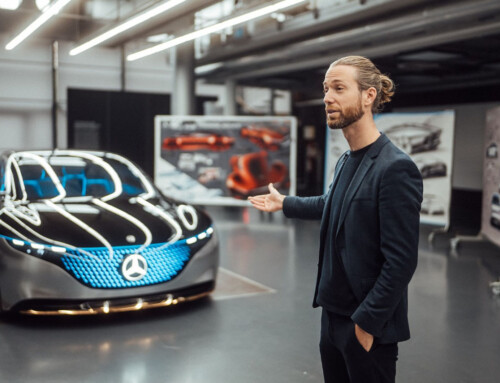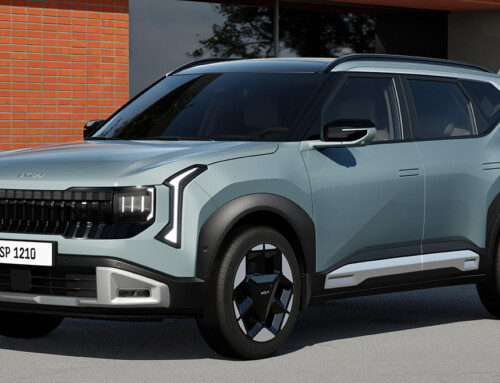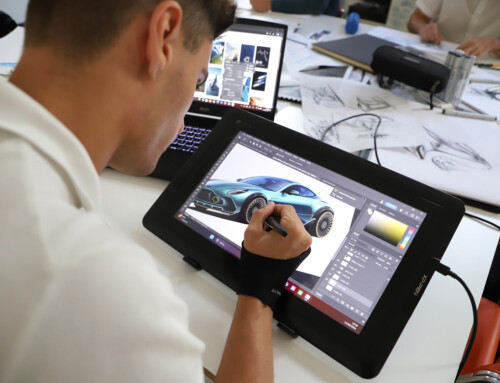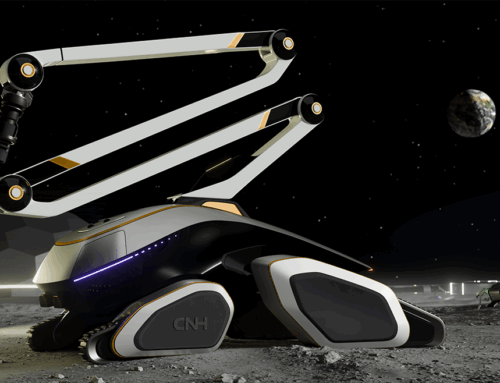Pirelli has adopted a development model that applies scientific research to create solutions with a low environmental impact. The Milan-based company invests considerable resources in experimenting with alternative raw materials, such as rice husks, lignin and recycled carbon black, with the strategic objective of progressively reducing the use of materials derived from fossil fuels. The Eco&Safety Design strategy, presented during Milan Design Week, shows the results by integrating advanced digital technologies and sophisticated simulations to ensure that each product meets high standards of safety and environmental sustainability throughout its entire life cycle.
The new P Zero E tyre represents a significant evolution in the sector, demonstrating how technological innovation and environmental sustainability can effectively proceed on the same trajectory. Designed specifically for electric vehicles, this tyre embodies Pirelli’s strategy oriented towards more sustainable mobility without compromising performance. The realisation of the P Zero E has benefited from the implementation of artificial intelligence in the development process. Through sophisticated driving simulations, Pirelli engineers were able to analyse and predict the tyre’s behaviour in real conditions before proceeding to the production phase. This approach allowed significant optimisation of resources, reducing development time, material usage and overall costs. The composition of the compound is another distinctive element: 55% of the materials used come from natural or recycled sources, a remarkable achievement for a product that retains UHP (Ultra High Performance) certification. This innovative formulation contributes to a substantial reduction in CO₂ emissions and limits the use of materials derived from fossil sources. RunForward technology ensures that you can continue driving even in the event of a puncture, preserving vehicle stability and increasing overall safety.
The direction taken by Pirelli sets new parameters for the advancement of the tyre sector towards production methods with lower environmental impact, without sacrificing performance. The use of innovative materials and the integration of advanced simulation systems are already a strategic component for the entire automotive industry.
Text by Tommaso Marcoli

